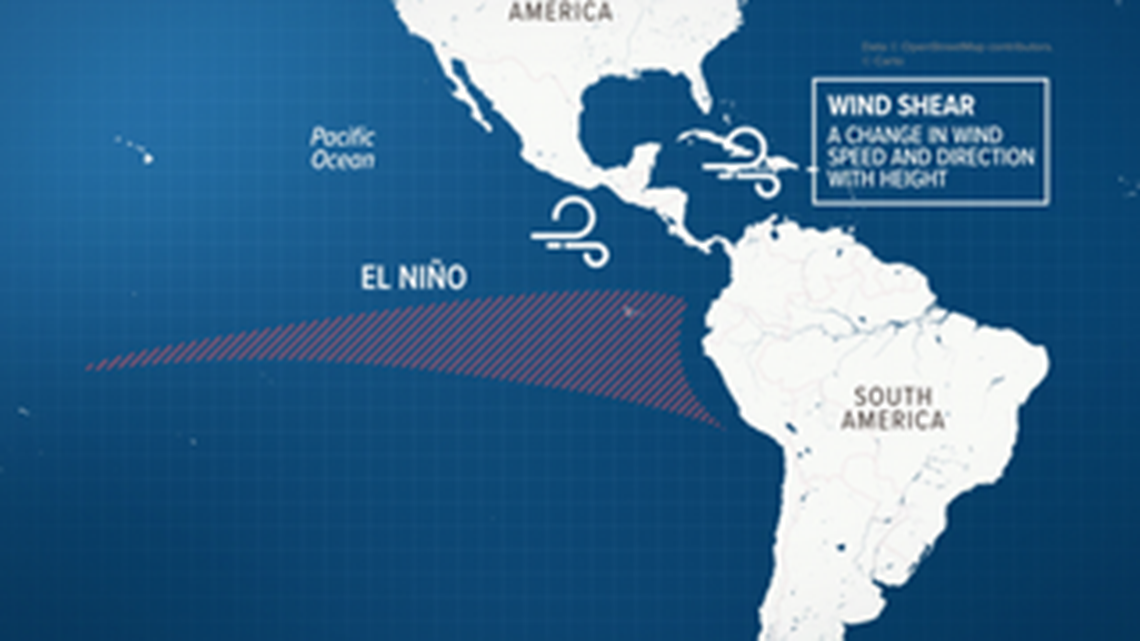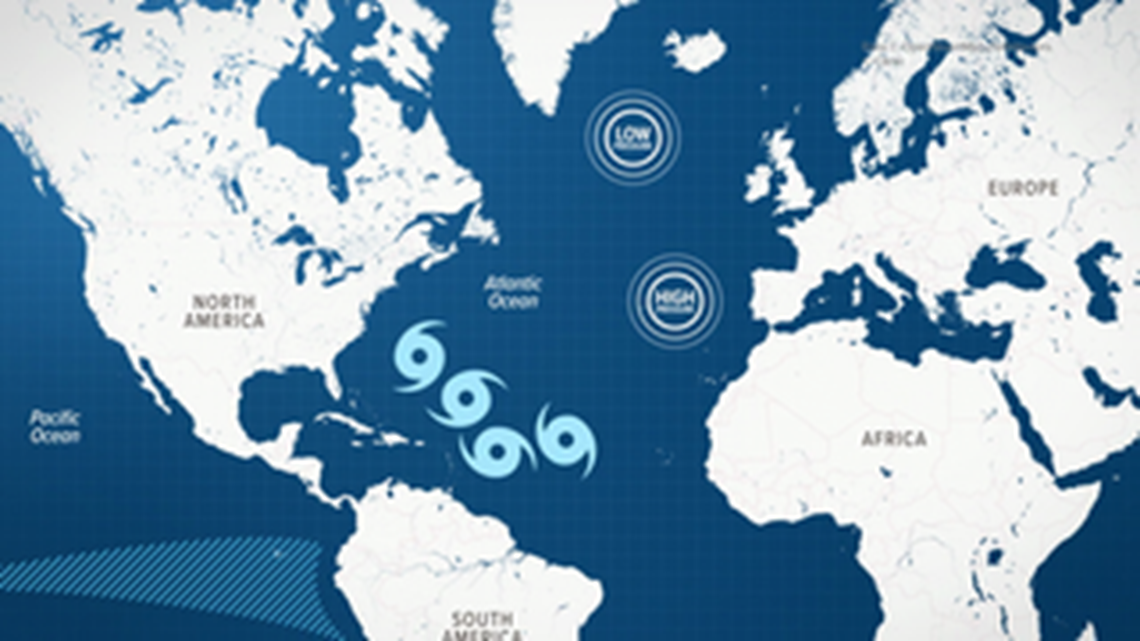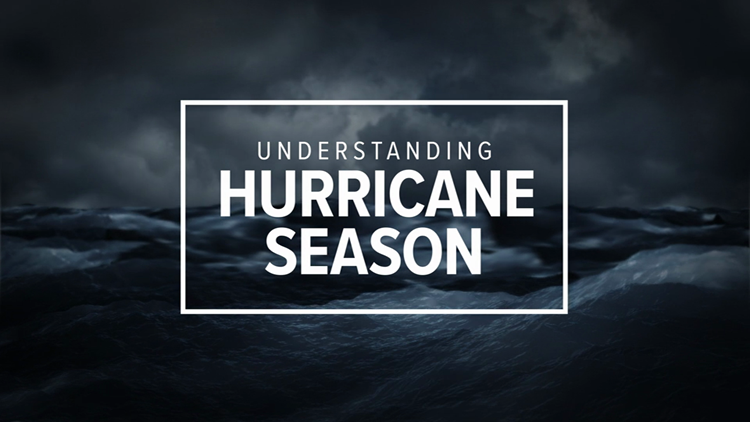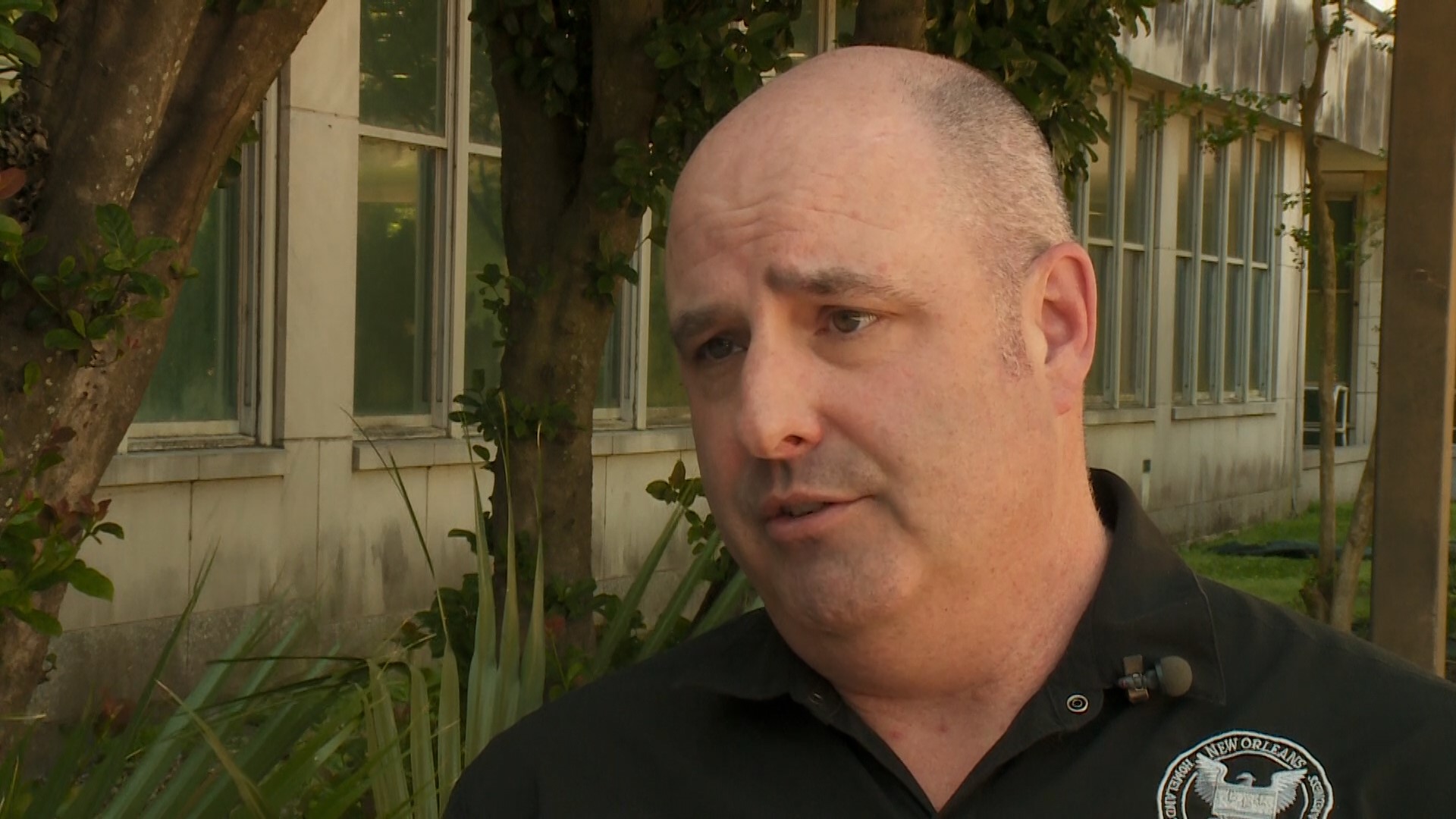Hurricanes are born over the ocean. Therefore, the ocean state will dictate how a season will generally unfold. Models, studies show that what makes it busy or slow Atlantic hurricane season largely relies on three separate yet closely related ocean patterns.
First, let's talk about the two phases of the El Nino, southern Oscillation (El Nino and La Nina), and how they affect sea surface temperature in the Pacific Ocean.These phases alter the wind strength in the Atlantic and directly affects the development of hurricanes.
During El Nino years, Pacific sea surface temperatures near the equator off the Chilean coast are generally warmer than average. This leads to a higher occurrence of wind shear. Wind Shear is a change in wind speed and direction with height. These winds blow the tops off of developing thunderstorms found within tropical systems, slowly tearing them apart.


Cooler Pacific waters during La Nina years create conditions more favorable to sustain hurricane formation, meaning there are minimal wind shear conditions.
Now onto the North Atlantic Oscillation. This also has two phases, a positive and negative which correlate to the difference in pressure between an area of low pressure near Iceland and high pressure near the Azores Islands.
When the pressure difference is lower than average, hurricanes are more likely to form. On the other hand, when the pressure difference is greater than average wind conditions developed that are not conducive to hurricane formation or growth.


Further south to phases of the Atlantic Meridional mode describe sea surface temperatures as either warmer or cooler. Warmer than average equal greater likelihood of hurricane formation. Cooler sea surface temperatures in the same region would make for a scenario where hurricanes will be less likely to evolve.
Together, these factors can make or break a strong hurricane season and understanding how they interact can help better predict the number and strength of hurricane season throughout the season.
Based on long-range model solutions of these ocean patterns, there have been various forecasts put forward on what the 2018 Atlantic hurricane season may hold. NOASS put out at seasonal outlook on May 24th this year and is expected to bring about an average season. Colorado State University also has a long history of posting seasonal hurricane forecasts. This year they're calling for a slightly above average year with 12 named storms, six hurricanes, two of which becoming a major category three storm or greater.
No matter what the season may hold – looking at the ocean and its phases may provide a glimpse into the future of hurricane forecasting.



